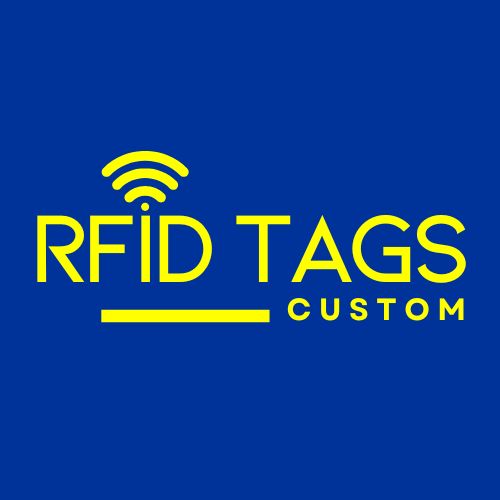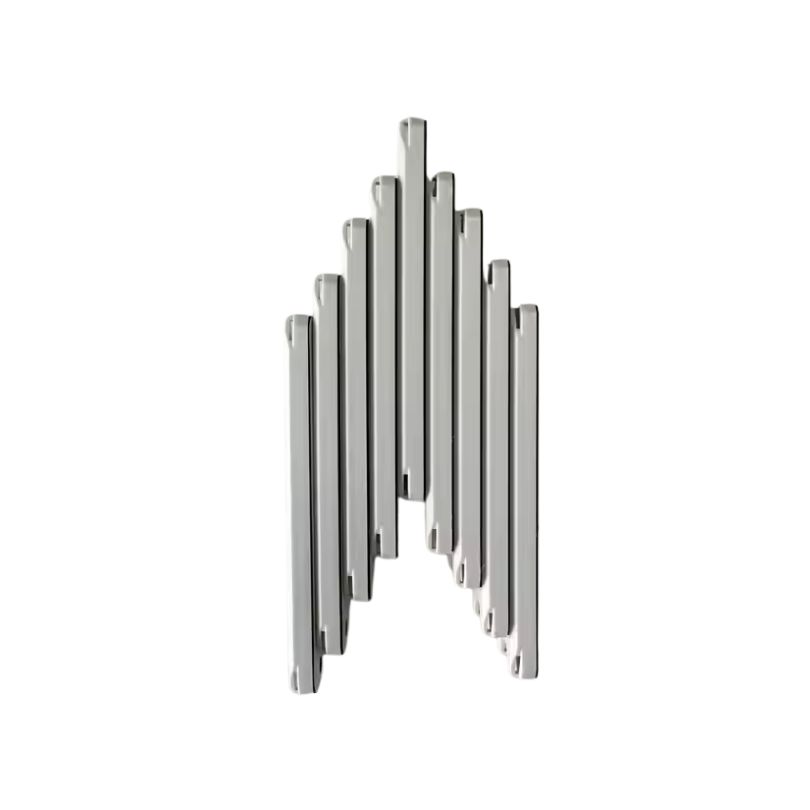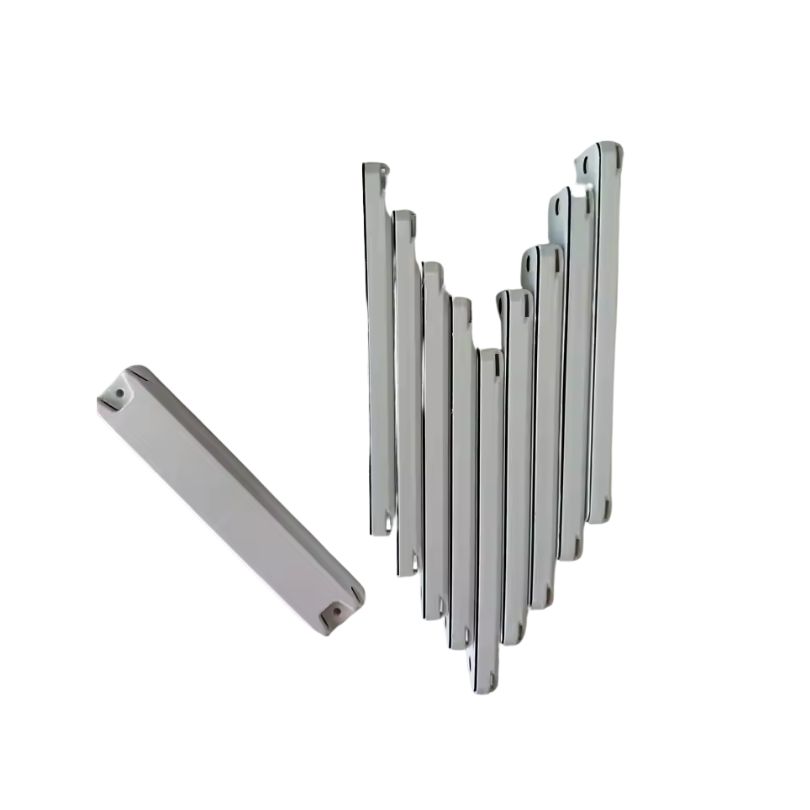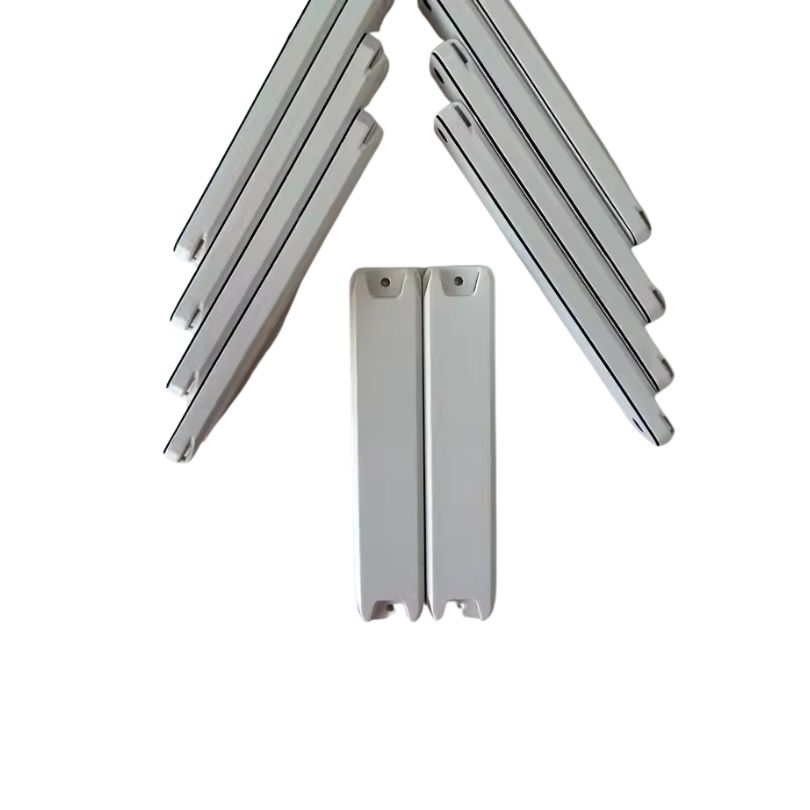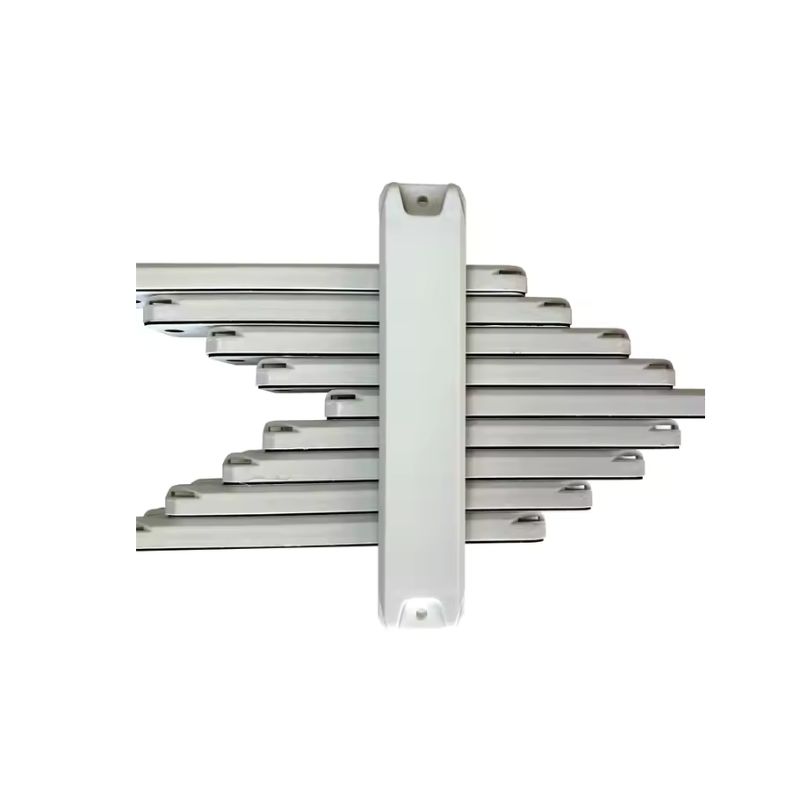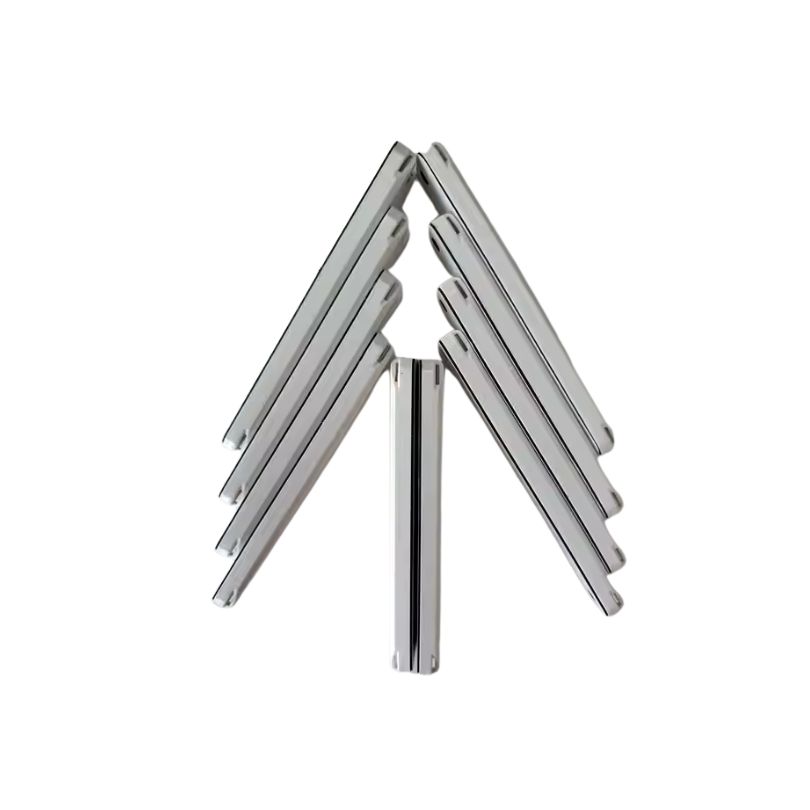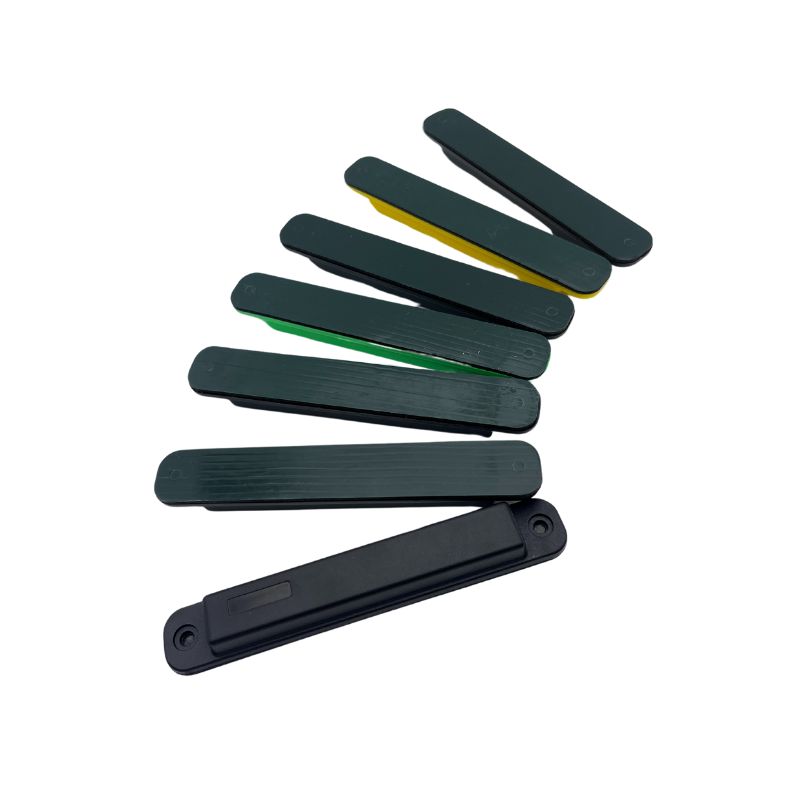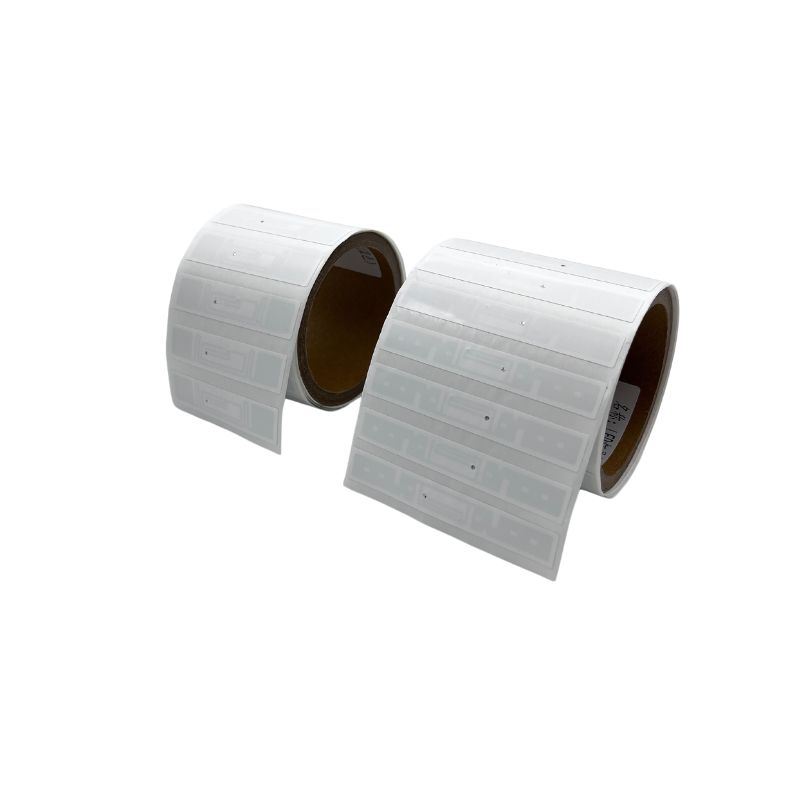
Factory Passive RFID Tags On Metal for Asset Management
Passive RFID Tags On Metal | Reliable RFID Asset Tags for Industrial Tracking
Managing assets in industrial environments is challenging—especially when metal surfaces interfere with RFID signals. Our Passive RFID Tags On Metal provide a robust solution, designed specifically to eliminate signal loss and enhance real-time tracking on metallic surfaces.
Whether you need RFID asset tags for tool tracking, logistics, or heavy equipment management, our on metal RFID tags deliver long-range readability, durability, and cost-effective scalability. Optimize your asset management processes with Passive RFID Tags On Metal that work reliably where standard tags fail.
Key Features of Passive RFID Tags On Metal
- Anti-Metal Design: Each Passive RFID Tag On Metal uses a specialized isolation layer to overcome signal reflection and interference from metal surfaces.
- Long Read Range: Achieve up to 10 meters of read distance with our on metal RFID tags, depending on reader and environment.
- Industrial Durability: Built with ABS or epoxy resin, these Passive RFID Tags On Metal are IP68/IP69K-rated—dustproof, waterproof, and chemical-resistant.
- Passive Technology: No batteries required! These RFID asset tags draw energy from RFID readers, offering maintenance-free operation for up to 10 years.
- Flexible Data Storage: Store 96–512 bits of user-programmable data on each Passive RFID Tag On Metal, including asset IDs, maintenance logs, or certifications.
- Wide Temperature Range: Operate from -40°C to +85°C, making them ideal for extreme industrial environments.
- Easy Installation: Mount using screws, rivets, or industrial adhesive directly onto containers, machinery, or metallic equipment.
Real Use Case: Passive RFID Tags On Metal in Energy Industry
A power plant deployed Passive RFID Tags On Metal to track critical infrastructure components. By using on metal RFID tags, they improved maintenance record accuracy, reduced inspection time by 35%, and minimized human error in asset documentation. The RFID asset tags enabled seamless integration with their IoT system, giving managers real-time visibility over high-value metal assets.
Technical Specifications
| Feature | Specification |
| Product Name | Passive RFID Tags On Metal / RFID Asset Tags / On Metal RFID Tags |
| Frequency | UHF 860–960 MHz (EPC Gen2, ISO 18000-6C) |
| Read Range | 5–10 meters (environment-dependent) |
| Data Storage | 96–512 bits (user-programmable) |
| Material | ABS or Epoxy Resin with Anti-Metal Layer |
| Dimensions | 50 × 25 × 4 mm (custom sizes available) |
| Operating Temperature | -40°C to +85°C |
| Ingress Protection | IP68/IP69K (dustproof, waterproof) |
| Lifespan | 7–10 years (100,000+ read cycles) |
| Attachment Methods | Screws, Adhesive, Rivets |
Applications of Passive RFID Tags On Metal
- Industrial Asset Tracking: Use Passive RFID Tags On Metal to manage heavy machinery, tools, and returnable containers in factories and warehouses.
- Manufacturing Automation: Integrate on metal RFID tags into automated assembly lines for component verification and quality control.
- Oil & Gas Equipment Tracking: Monitor valves, pipes, and metal parts in energy plants with rugged RFID asset tags.
- Logistics & Transportation: Manage metal containers and cargo pallets using Passive RFID Tags On Metal for supply chain optimization.
- Healthcare Asset Management: Track medical instruments, surgical kits, and metal storage units in hospitals and labs.
- Tool Control: Prevent loss of tools in construction and aerospace industries with on metal RFID tags that are tamper-resistant and durable.
Why Choose Our Passive RFID Tags On Metal?
- Factory Direct Customization: We manufacture Passive RFID Tags On Metal with your specific sizes, logos, and data encoding needs.
- Proven Industrial Durability: Withstand harsh conditions, chemicals, and frequent use.
- Maintenance-Free Passive Operation: No batteries mean low-cost, long-term deployment.
- Global Standards Compliance: Supports EPC Gen2 and ISO 18000-6C protocols for universal reader compatibility.
- Bulk Orders & Fast Delivery: We handle large production runs and ship globally.
Simplify your asset management with Passive RFID Tags On Metal!
FAQ
What are Passive RFID Tags On Metal?
Passive RFID Tags On Metal are specialized tags designed to work directly on metal surfaces without signal interference.
How are RFID asset tags used in industry?
RFID asset tags help businesses track tools, equipment, containers, and machinery in real time, improving efficiency and security.
Can I customize my on metal RFID tags?
Yes! We offer custom on metal RFID tags with personalized sizes, logos, and pre-programmed data.
Do these Passive RFID Tags On Metal require batteries?
No, Passive RFID Tags On Metal are battery-free, using passive UHF technology for maintenance-free operation.
What is the typical lifespan of RFID asset tags?
Our Passive RFID Tags On Metal last 7–10 years with over 100,000 read/write cycles.
Get Your Custom RFID Tags
As a leading custom RFID tag manufacturer, we craft solutions based on the unique needs of your operation. We offer a wide range of customization options, including material, size, frequency, encoding, and read distance, ensuring each RFID Tag is perfectly customized to your requirements. No matter what application you use RFID tags for, we can provide rugged, reliable RFID tags that meet the highest quality and durability standards. Here are the main ways we customize RFID tags to fit your needs.

Material Selection
Material is key for customizing RFID tags. Plastic works in harsh conditions, while softer materials suit delicate spaces. Different materials also affect signal performance. Pick what fits your use case to ensure your tags last and work reliably.

Customized Size
Size shapes usability. Small tags fit tight spaces or tiny items, while larger tags are easily read. In crowded areas, sleek tags prevent clashes. Align shape and dimension with your goods for visibility, convenience, and performance.

Frequency Requirements
Choose LF, HF, or UHF based on read range, speed, and interference. LF and HF resist metals and liquids but have shorter ranges. UHF offers an extended range yet may face signal blocks. Match frequency to your environment for reliable performance.

Reading Distance
Define the distance at which you have to read the tag. Short distances work for retail checkouts, while warehouses may need meters of coverage. Antenna design, reader settings, and power outputs affect range.Adjust these factors to capture data accurately at the distance you need.

Encode
Plan how data is stored on each tag. Some only hold an ID, while others contain detailed info. Decide if you need a simple EPC or added user memory. Ensure your chosen format works with existing software. Proper encoding streamlines processes and slashes errors.

Application Environment
Consider real-world conditions. Temperature swings, humidity, and chemicals can degrade tags. For outdoor use, opt for UV-resistant casings. In healthcare or food settings, ensure compliance with safety rules. Matching your tags to the environment maximizes their lifespan.
Related Products
Customize any RFID tags from our factory to meet your requirements.
